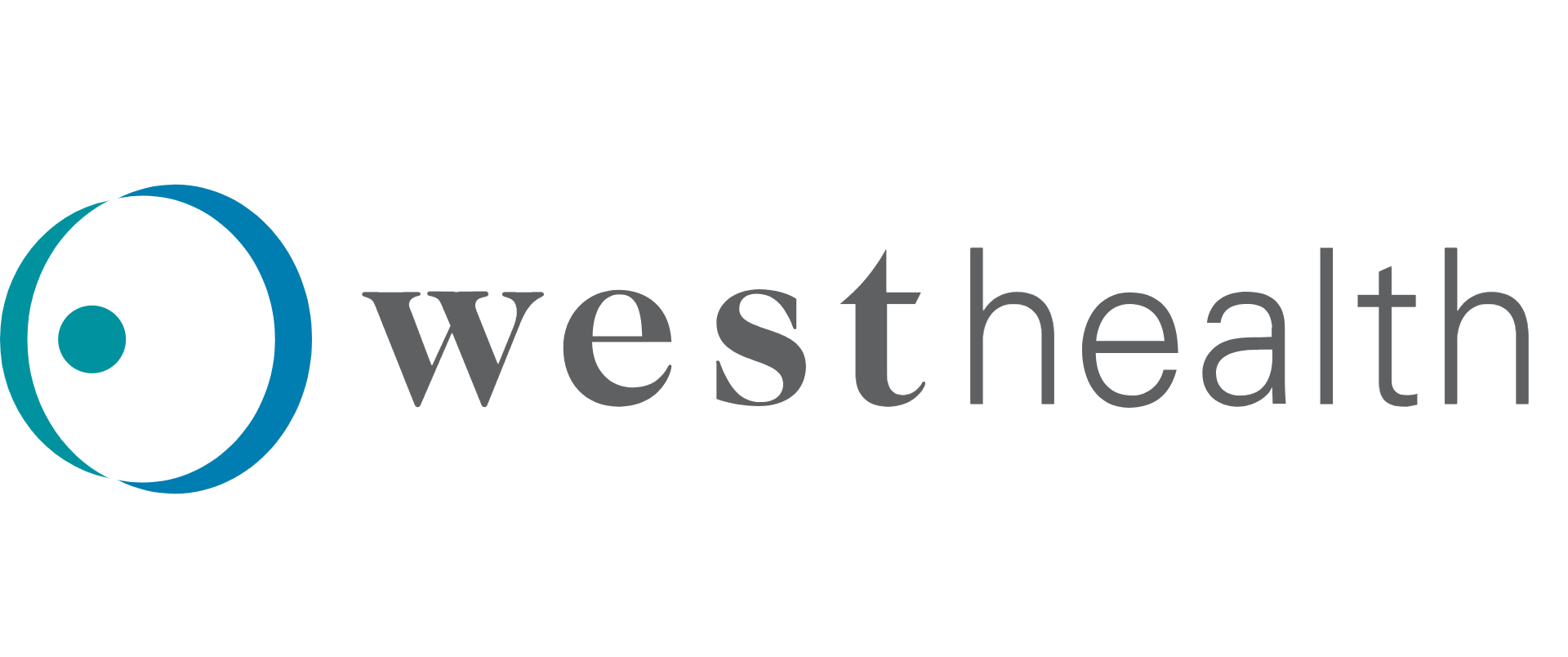https://www.salon.com/2020/11/27/our-worst-pre-existing-condition-big-pharma/
Before COVID, the headlines you might read about the pharmaceutical industry tended towards corporate malfeasance — violations of the Foreign Practices Corruption Act, insider trading, abusive mass marketing of opioids or predatory pricing, that sort of thing. Few think of such a notoriously manipulative industry as heralding medical breakthroughs.
But with a quarter of a million American deaths and another 12 million COVID cases, we are being told by the corporate news media these same companies are going to save life on the planet as we once knew it pre-pandemic.
Several months of worsening news about the pandemic, including decimating personal tragedies and loss on a scale not seen since the beginning of the last century, has reduced us to a childlike state looking for our parents that may already be dead.
Lost in transit
The mainstream news media agrees that Donald Trump’s attempts to derail the peaceful transition of power is reckless. Yet they have failed to critically examine his decision to have our nation defer to the profit-driven pharma sector the efforts to beat COVID. Indeed, the research to create a vaccine is almost entirely publicly-funded, though the effort has entrusted to the private sector with little oversight.
As Michael Hiltzik recently wrote in his Los Angeles Times op-ed entitled “The Colossal Problem of Publicly Funded Vaccines in Private Hands,” the Trump junta’s blank check is going to an industry that has long “profited from billions of dollars in government scientific research without returning anything to taxpayers.”
The U.S. Treasury’s largesse towards the multinational pharma profiteers includes not merely billions of dollars in taxpayer funded-research for them to profit off of, but also guaranteed orders for the millions of doses of vaccine from the government.
Hiltzik quotes Peter Maybarduk, director of the Access to Medicines Program at the non-profit Public Citizen, who suggests the US has “considerably slowed the global timetable” in the COVID fight “by bestowing billions in grants to companies “and asking them to develop manufacturing arrangements that are in their interest rather than pooling resources saying we’re going to teach the world how to make these vaccines and using all the available manufacturing capacity.”
There’s a tragic irony that we are relying so heavily on an industry that’s a pillar of our for-profit health care system — one that rations care and feeds off of scarcity and disease — to deliver us from a pandemic.
The multinational pharmaceutical industry is the foundation of the American health care system that rations medical care based on the ability to pay. It has been its own kind of killer virus, and the industry permitted the proliferation of chronic diseases in the ranks of the poor and working classes — in turn serving as a form of race- and class-based social control, one that is increasingly revealing itself with each day’s new COVID body count.
As Reverend William Barber pointed out during the Democratic primary campaign of 2020, there was, long before COVID, a raging pandemic that fed off of poverty playing out daily. This pandemic lived below the corporate news media radar, and prematurely claimed the lives of 250,000 Americans every year.
Big pharma, and our winner-take-all economic system, is implicated in those deaths. Back in 2018, a report by the Harvard T.H. Chan School of Public Health, the Harvard Global Health Institute, and the London School of Economics found that the US paid twice as much as other high-income countries for health care only to get poorer population health outcomes.
“The main drivers of higher health care spending in the U.S. are generally high prices — for salaries of physicians and nurses, pharmaceuticals, medical devices, and administration,” the report’s researchers say.
Making a killing
It’s been the pharma companies, along with big tech firms like Amazon and Google, that have perfected the legal three-card-monte of profit-shifting to offshore jurisdiction hundreds of billions of dollars annually that starves public health care systems globally.
For decades, economists and public interest tax experts have flagged this accelerating “race to the bottom,” where multinationals and the holders of vast personal fortunes reduce or eliminate entirely their tax bill by pitting the nations of the world against each other.
This continued beggaring of local, state and national governments by the wealthiest, including pharma companies, comes as our public health sector crumbles under the weight of the resource scarcity that resulted from generations of this hoarding and hiding of profits often generated by taxpayer-funded research.
A nurse’s pay a second
Last week, thanks to the research generated by the international Tax Justice Network (TJN), we were able to quantify the scale of the impact of how pharmaceutical (and other) corporations have rigged tax codes to their advantage across the world.
TJN reports that even as the world’s “pandemic-fatigued countries… struggle to cope with second and third waves of coronavirus,” they have been losing “over $427 billion in tax each year to international corporate tax abuse and private tax evasion, costing countries altogether the equivalent of nearly 34 million nurses’ annual salaries every year – or one nurse’s annual salary every second.”
“Pharma companies like Pfizer, along with software and internet companies, have been the major players in global tax dodging and designing the new mechanisms since the later 1990s that move lots of profits to low tax jurisdictions in the form of untaxed royalties that they pay themselves to offshore companies that they own,” explains James Henry, a New York based economist and lawyer who is a senior advisor to TJN.
There are surely tens of thousands of committed scientists and technicians working at “warp speed” to develop a safe and effective vaccine out of a sense of moral duty. But we would be foolish to forget that big pharma itself is fueled by a maniacal pursuit of profits. And as an industry, it has shown the same kind of contempt for the law as the current occupant of the White House.
Above and beyond the law
Like Trump, Big Pharma are ruthless and unrepentant. Yet, because of the scale of the money involved in their crimes, our legal system actually shields them from personal criminal prosecution — as it did with the Wall Street banks in the Great Heist of 2008.
As it turns out, the most important duty for our Department of Justice, no matter which party controls the White House, appears to be to twist the law to preserve capital and keep great fortunes intact, while feigning to prosecute the corporate shell in the public interest.
This is critical, because today’s federal prosecutors and regulators are all-too-often the farm team for tomorrow’s over-compensated captains of industry.
Take Purdue Pharma, whose predatory marketing of the highly addictive opioid Oxycontin helped set off double-digit percentage spikes in drug overdose deaths that have killed more than 400,000 Americans since 1999.
In 2007, Purdue Pharma entered into a Department of Justice deal that required they plead guilty to a felony and pay a $600 million dollar fine for misleading and defrauding the public, including physicians, about their signature drug OxyContin.
Yet, some members of the bulletproof Sackler family, some of whom were heirs of the Purdue fortune, were allowed to transfer $10 billion out of their accounts between 2008 and 2018, according to an audit that was released while Purdue sought bankruptcy protection in September.
Last month, serial offender Purdue Pharma agreed to plead guilty to three federal crimes including producing highly addictive drugs “without legitimate medical purpose” in a deal with the Trump/Barr Department of Justice that was denounced as a “failure” by Massachusetts Attorney General Maura Healey.
“DOJ failed,” tweeted Healey. “Justice in this case requires exposing the perpetrators accountable, not rushing a settlement to beat an election. I am not done with Purdue and the Sacklers, and I will never sell out the families who have been calling for justice for so long.”
Walking wounded
Even before COVID, 140 million Americans struggled week to week trying to make ends meet, which they often did by cutting health care corners.
For three years before COVID hit, America’s life expectancy was on the decline. How many members of Congress sounded the alarm? The last time such a demographic event happened was in the years leading up to the First World War and the Spanish Flu epidemic, when 675,000 Americans, and 50 million people worldwide, died.
Currently, with more than 250,000 deaths here in the U.S. and 1.2 million globally, there seems to be something truly exceptional about America’s bout with the COVID scourge.
In the post-election interregnum, the prognosis is bleak. The U.S Treasury is sending out billions to Big Pharma, while rushing to close off access to Federal Reserve borrowing for small businesses and local governments. Unemployment benefits for 12 million Americans sidelined by COVID are set to run out the day after Christmas.
Just as individuals may have preexisting conditions that make them more susceptible to COVID-19, so does our economic system, which lets tens of millions of families teeter on the edge so as to provide the cheap labor on which billionaires’ fortunes rely.
There can be no honest critique of how we got here without noting “the gross failure of the U.S. private, profit-driven, capitalist medical-industrial complex (four industries: doctors, drug and device makers, and medical insurance firms)” who “decided not to prepare for a serious virus problem,” writes economist Richard Wolff in his latest book “The Sickness is the System.”
Our only enduring remedy is radical change.


